Tony Cragg walks us around his major survey at Yorkshire Sculpture Park
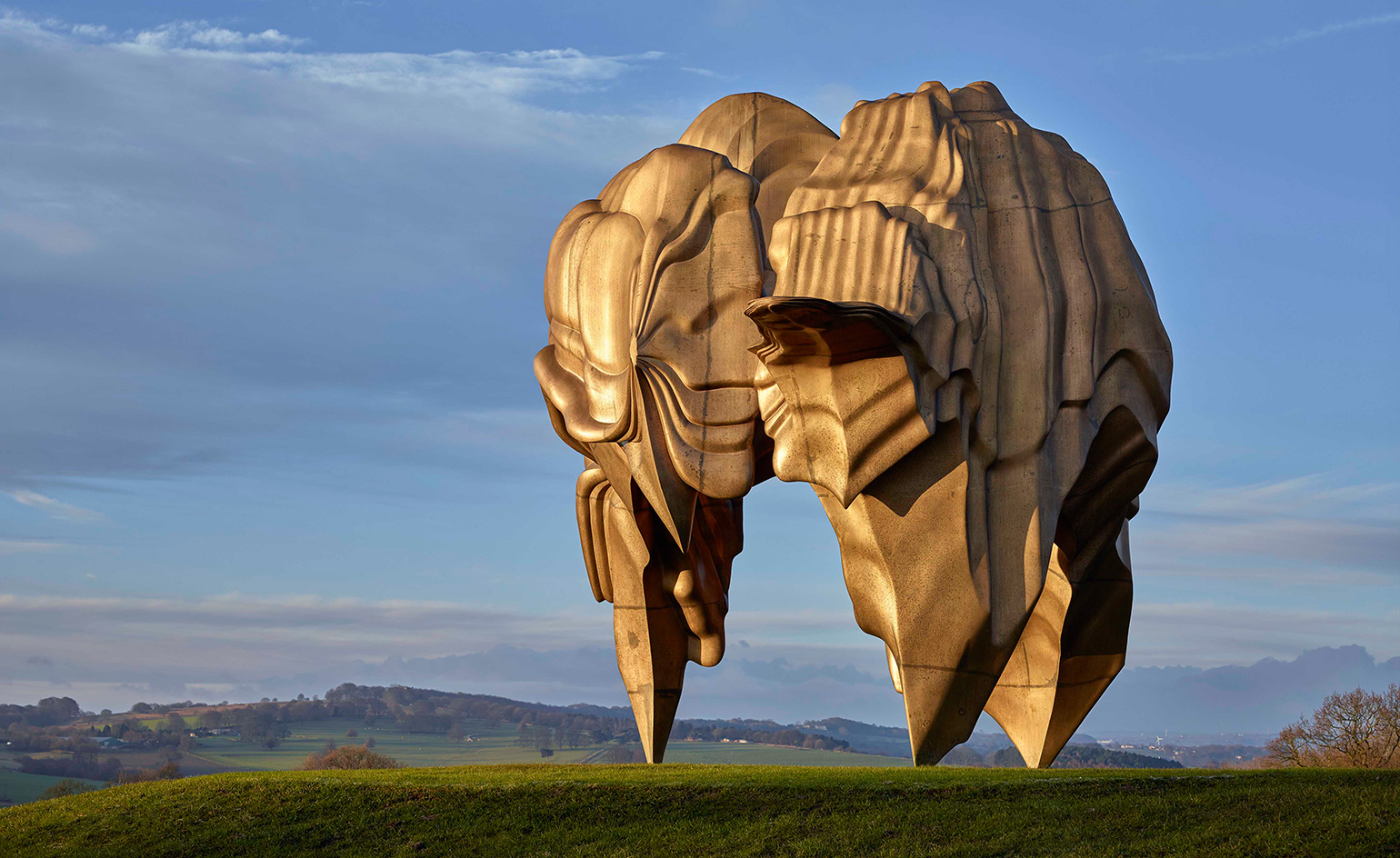
Tony Cragg began collecting fossils aged 11. His interest in strata, prehistoric forms and found matter have continued to influence his artistic practice as an adult.
Over a long and industrious career, Cragg’s morphing, geological figures have earned him accolades as far reaching as a Turner Prize in 1988 and a prestigious place at the Venice Biennale the same year. In 2002, he was made a CBE for services to art. Now, his achievements are the subject of a thorough survey at Yorkshire Sculpture Park in Wakefield, where his works twist out from behind hedges, soar on hilltops, and sink into bowls.
It's difficult to believe when faced with the sheer scale and number of his works, but art wasn't always the dream, Cragg tells us. As a teenager in 1960s Liverpool, he worked as ‘a lowly lab technician’ (his words), for the National Rubber Producers' Research Association. He probably would have ended up pursuing a chemistry degree, he explains, had he not stumbled upon an interest in drawing, which galvanised him to take a night class in printmaking.
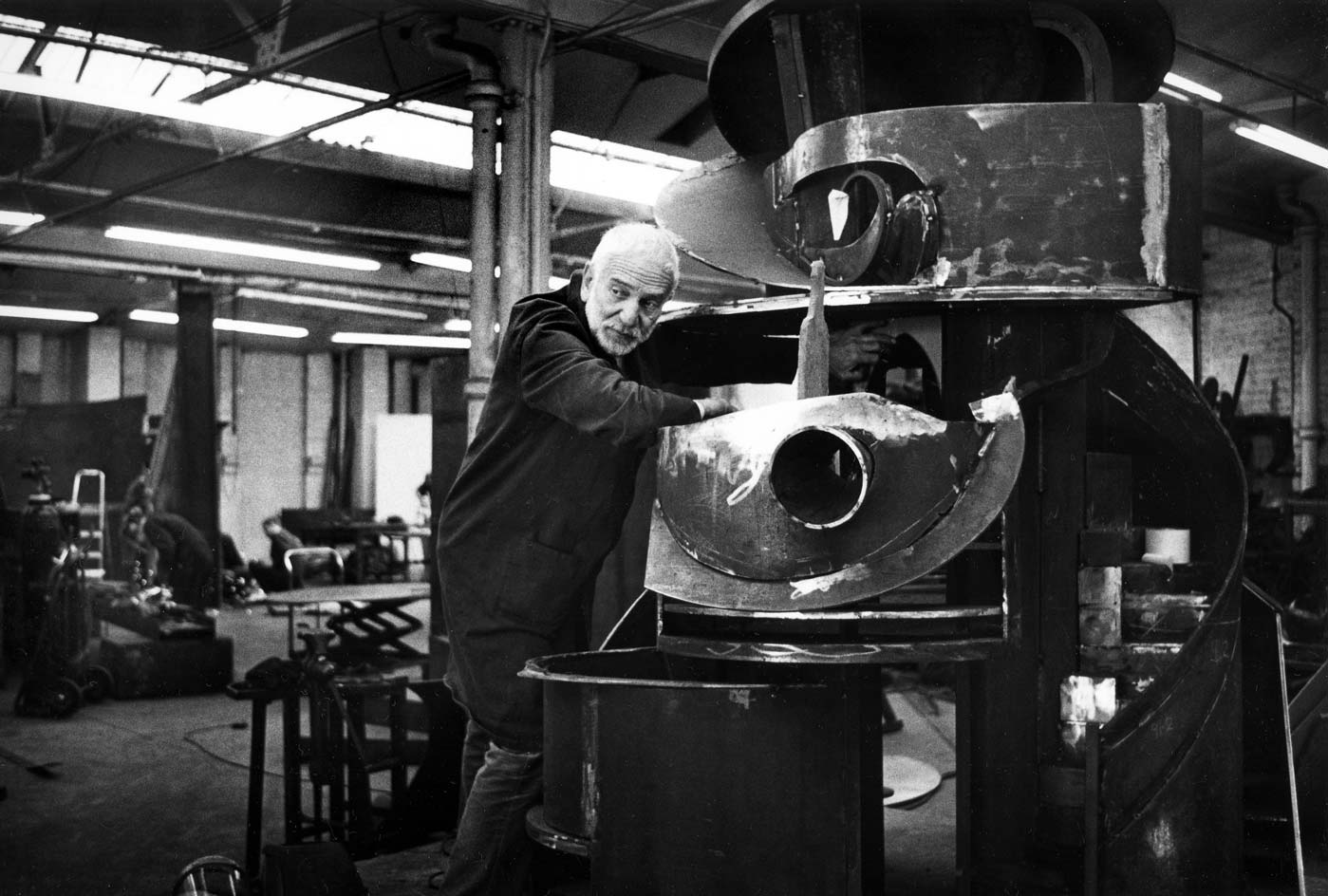
From here, Cragg attended Wimbledon College of Art from 1970–73, where he was obliged to create a sculpture as part of the course. ‘I immediately enjoyed it, and wanted to do more,‘ he explains. ‘Each new work I produced seemed to take on a new personality, face or emotion.‘
But, somewhat surprisingly, it was performance art that really captured his imagination as a student, as the Project Room at the YSP pays homage to. ‘This space is intended to give a sense of the range of Tony’s work,’ explains YSP founding and executive director Peter Murray. Early photographs display a fresh-faced Cragg creating chalk silhouettes of himself, as if making a sculpture of his own body. These works are seen alongside artefacts, half-formed models and relics generously donated by the artists, evoking both the organised chaos of his sprawling studios in Wuppertal, Germany, as well as giving us an idea of what his childhood fossil collection might have looked like.
Alongside the Project Room installation and the 14 works exhibited in the open air, the business-end of the exhibition takes place in the Underground Gallery. Here, a staggering array of works ‘are compressed within the space‘, explains Murray. Seeing them closely side-by-side – particularly after viewing them in the unshuttered Yorkshire air – their impeccable material detail emerges.
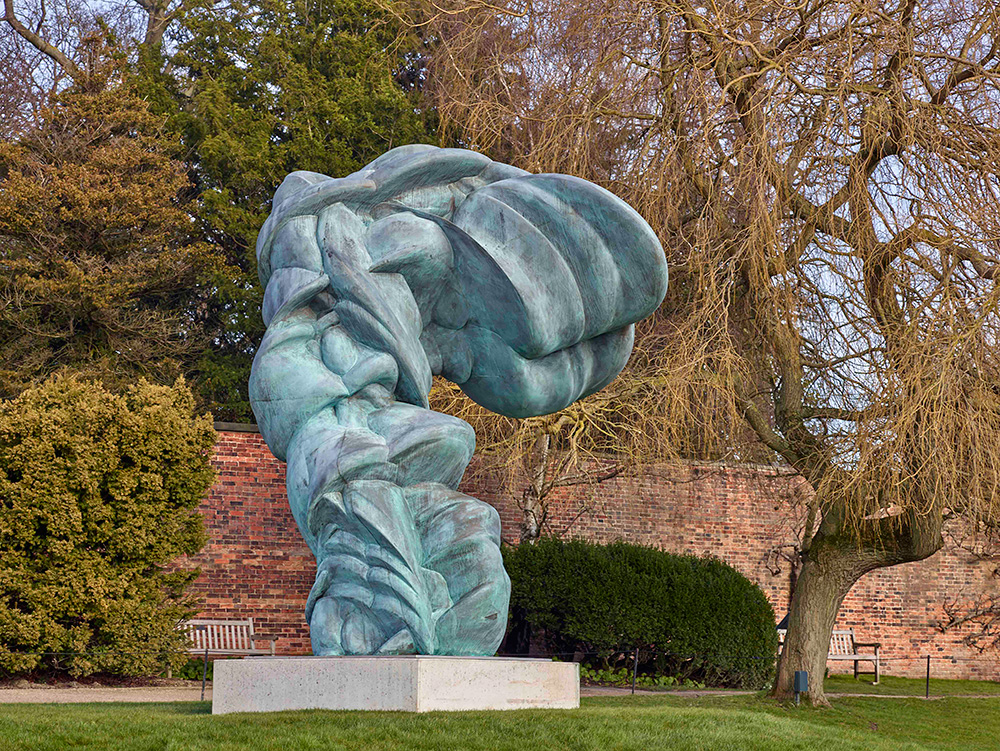
‘Tommy’, 2013
Notoriously self-titled as a ‘radical materialist’, Cragg describes his sculptures as having a ’skin’. In the confines of the Underground Gallery, this idea takes on more gravitas. There’s meaning and emotion underneath each sculpture’s surface. Take Lost in Thought, a work which comprises two intertwining marble forms, which Cragg describes as a metaphor for ’getting up in the morning, putting on clothes and facing the day’. In this sense, the work is performing, only revealing its interior matter to those willing to look.
As in Lost in Thought, there’s torment and conflicting energies in each work. They fight between endless dichotomies: figuration and abstraction, inside and out, the natural and the manmade, angles and curves, ancient and contemporary. ‘I don’t know where these tensions come from,’ Cragg admits. ‘Probably inside my head. I remain in a constant state of flux.’
Perhaps this ever-changing mindset is why Cragg and Murray are both so keen to frame this extensive exhibition as a survey rather than a retrospective. ’It represents very much the moment Cragg is occupying now, and where he has arrived at,’ Murray explains. This also hints, thankfully, there’s plenty more to come.
Receive our daily digest of inspiration, escapism and design stories from around the world direct to your inbox.
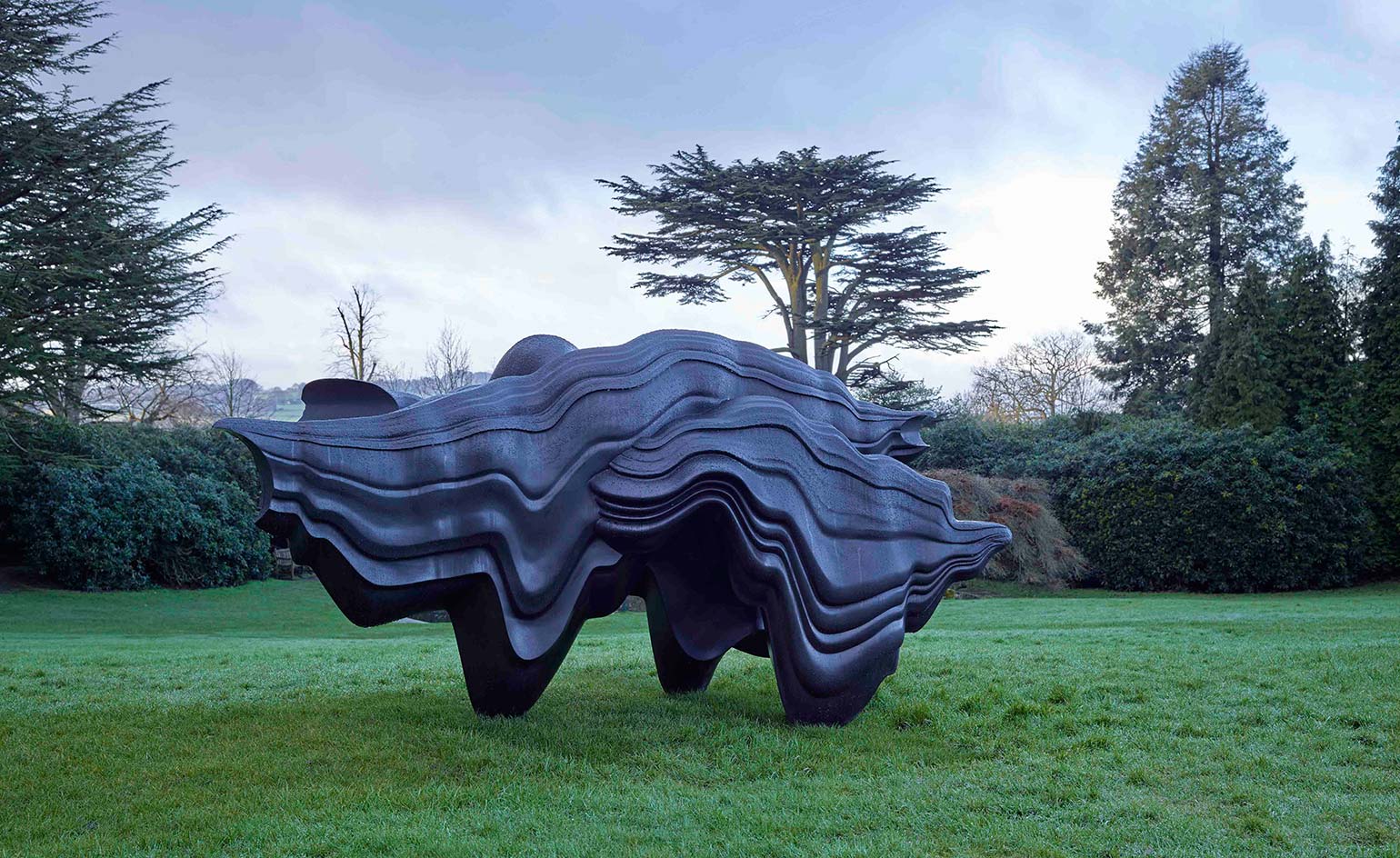
Caught Dreaming, 2006.

Installation view of Cragg’s works in the Underground Gallery.
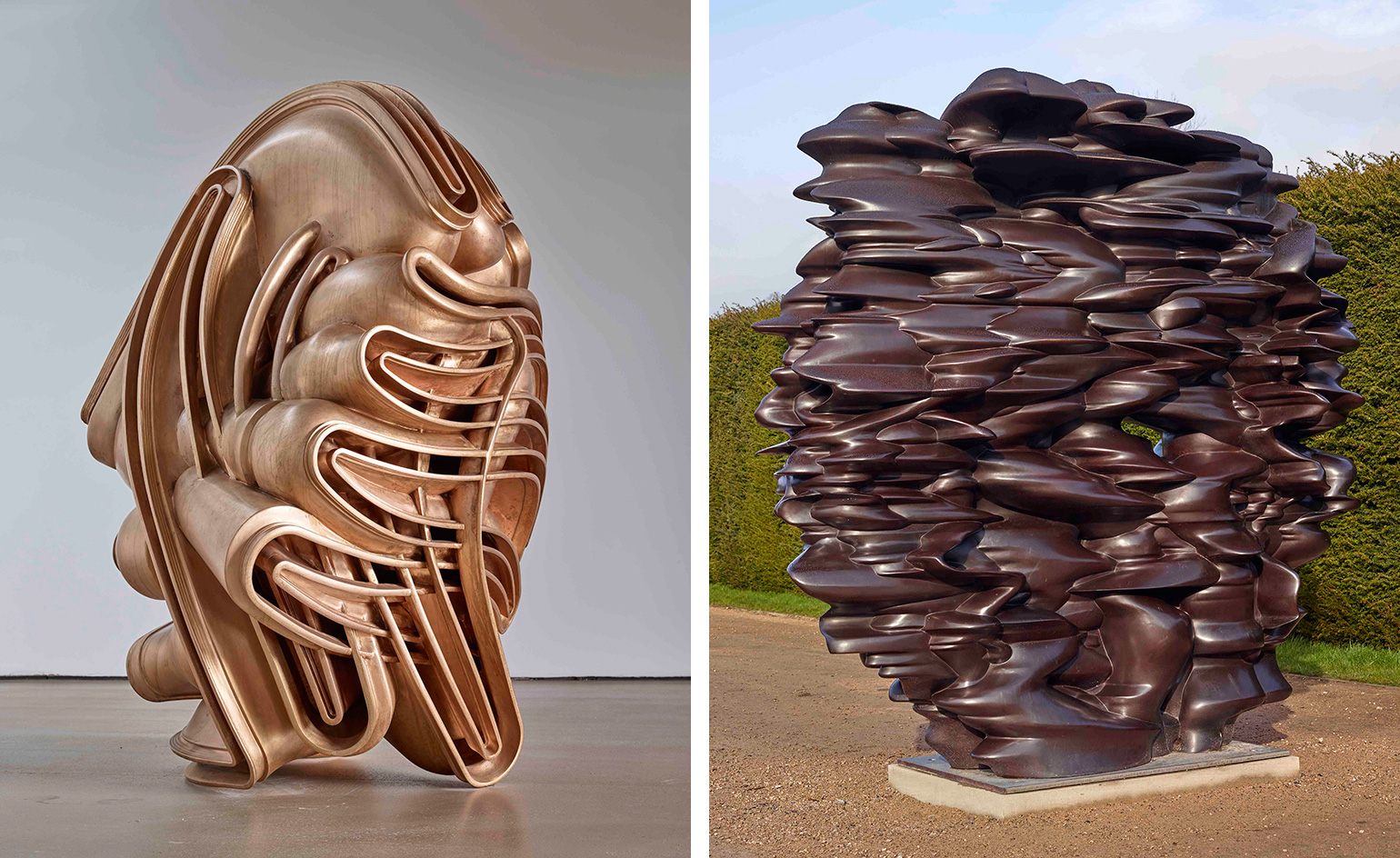
Left, Migrant, 2015. Right, Versus, 2011
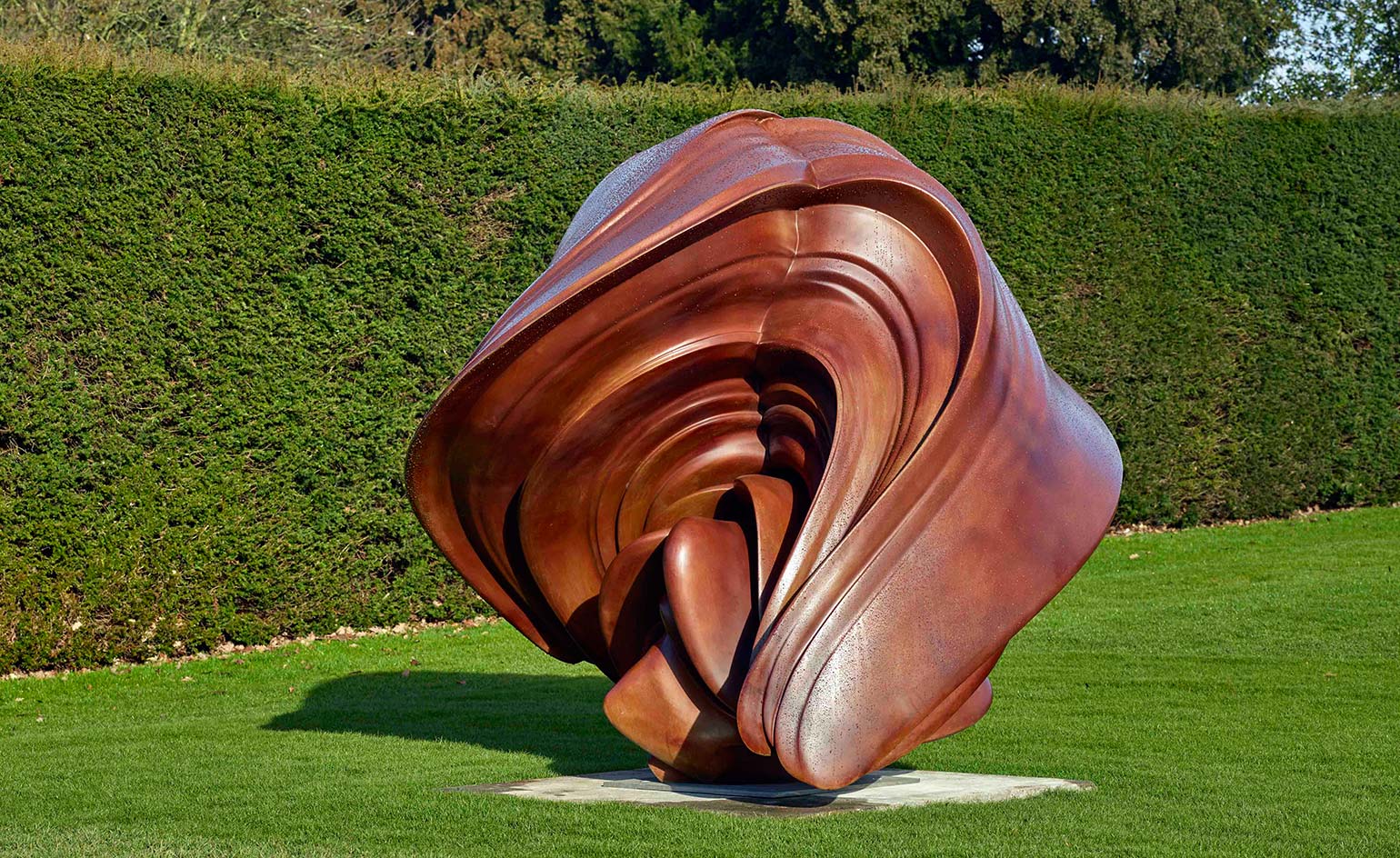
Willow, 2014.
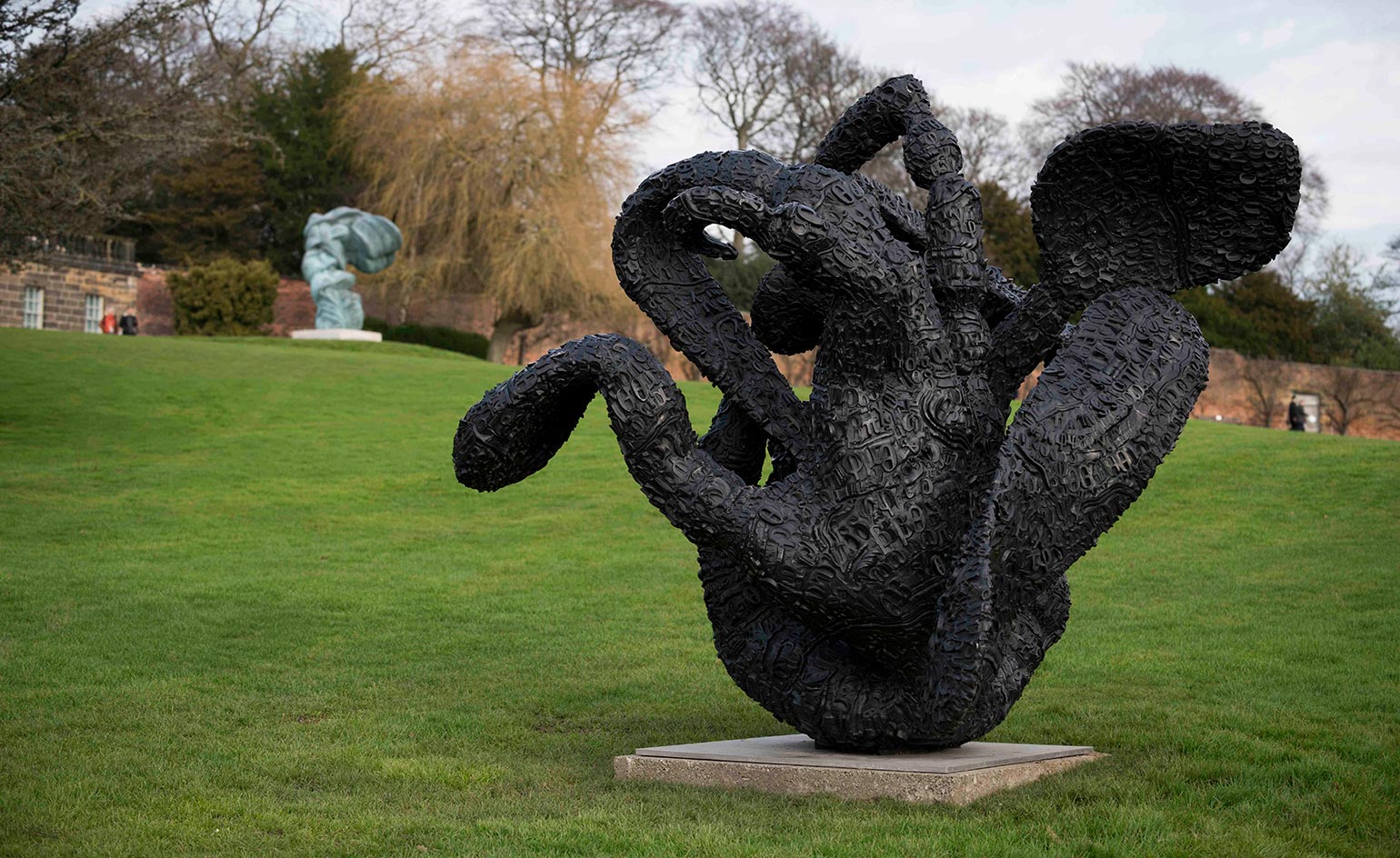
Manipulation, 2010.
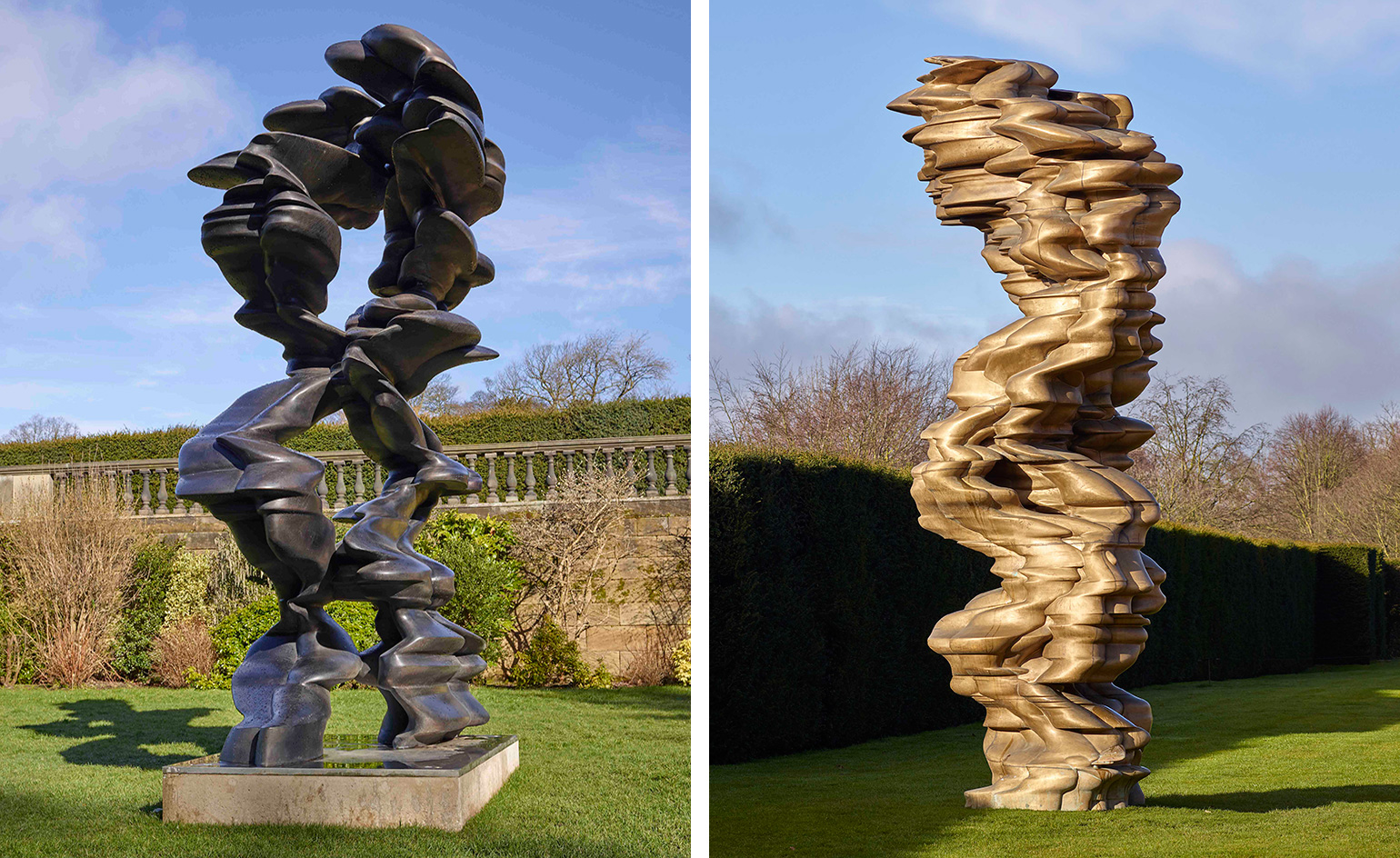
Left, Runner, 2013. Right, Mean Average, 2013
INFORMATION
’Tony Cragg: A Rare Category of Objects’ is on view until 3 September. For more information, visit the Yorkshire Sculpture Park website
ADDRESS
Yorkshire Sculpture Park
West Bretton
Wakefield WF4 4JX
Elly Parsons is the Digital Editor of Wallpaper*, where she oversees Wallpaper.com and its social platforms. She has been with the brand since 2015 in various roles, spending time as digital writer – specialising in art, technology and contemporary culture – and as deputy digital editor. She was shortlisted for a PPA Award in 2017, has written extensively for many publications, and has contributed to three books. She is a guest lecturer in digital journalism at Goldsmiths University, London, where she also holds a masters degree in creative writing. Now, her main areas of expertise include content strategy, audience engagement, and social media.
-
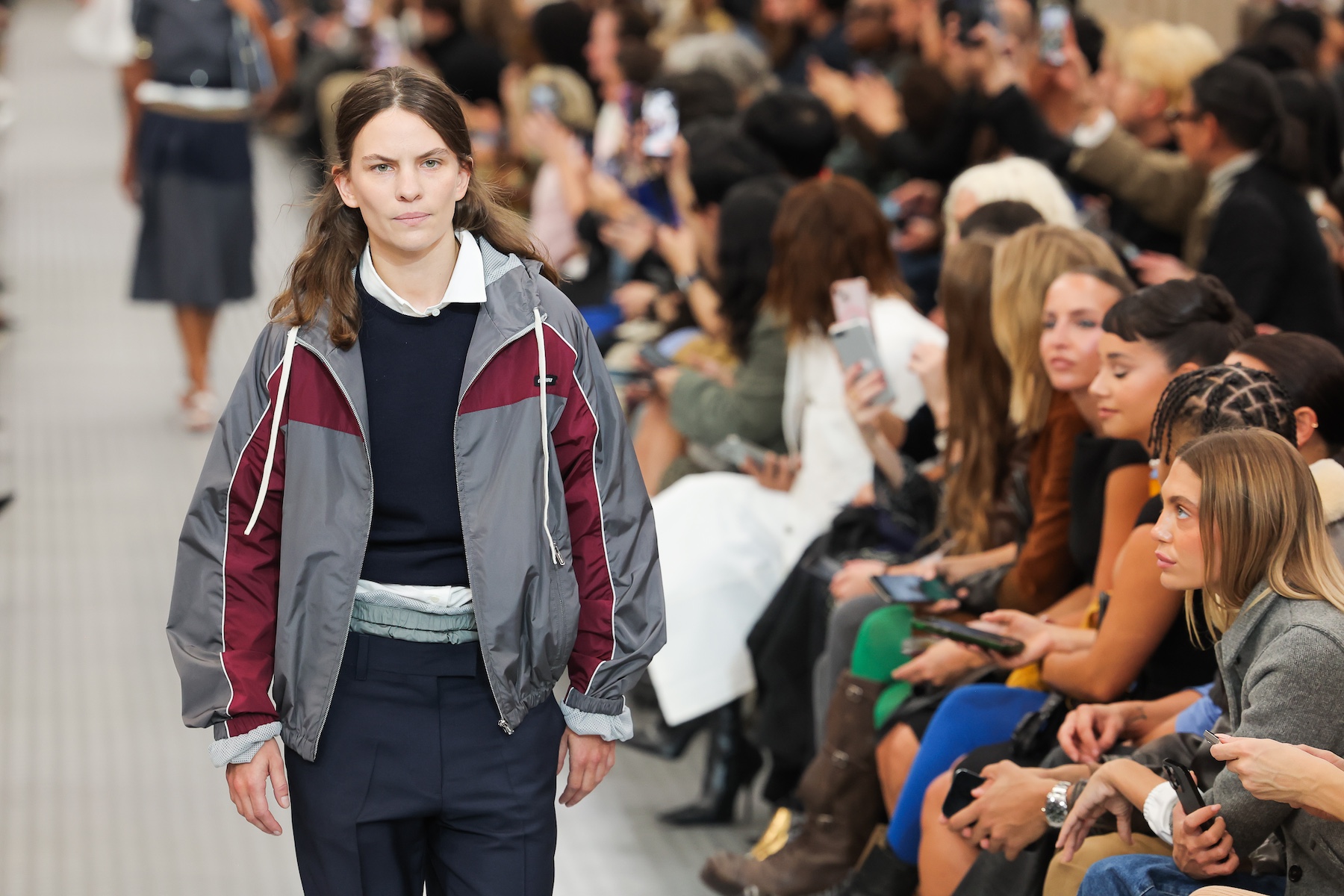 Ten of the best track jackets for channelling a 1970s-meets-1990s cool
Ten of the best track jackets for channelling a 1970s-meets-1990s coolAs a ‘Marty Supreme’ track jacket makes a bid for viral garment of 2025 – thanks to one Timothée Chalamet – the Wallpaper* style team selects ten of the best tracksuit and coach jackets for men and women, each encapsulating an easy, nostalgia-tinged elegance
-
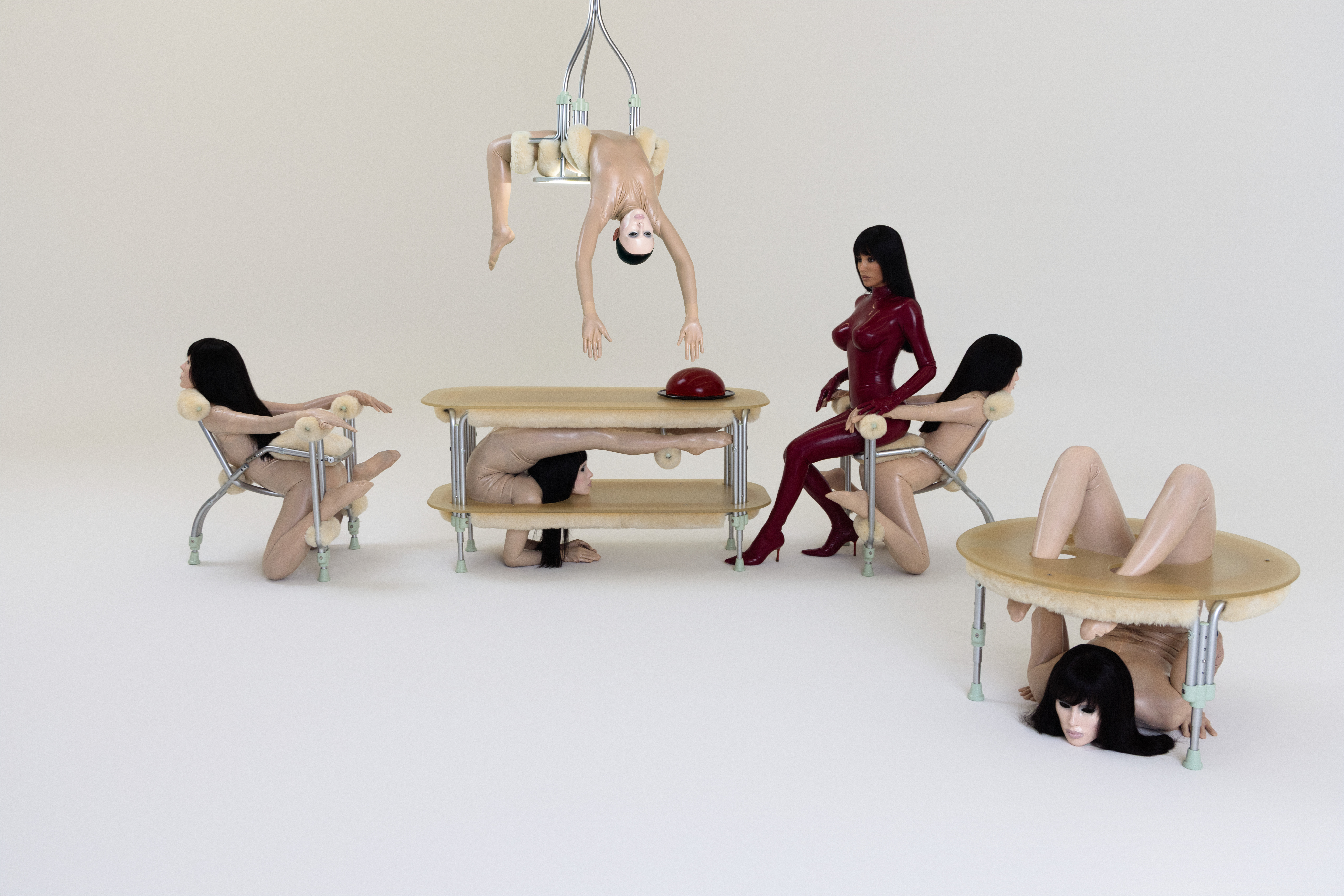 Eight questions for Bianca Censori, as she unveils her debut performance
Eight questions for Bianca Censori, as she unveils her debut performanceBianca Censori has presented her first exhibition and performance, BIO POP, in Seoul, South Korea
-
 How to elevate a rental with minimal interventions? Charu Gandhi has nailed it with her London home
How to elevate a rental with minimal interventions? Charu Gandhi has nailed it with her London homeFocus on key spaces, work with inherited details, and go big on colour and texture, says Gandhi, an interior designer set on beautifying her tired rental
-
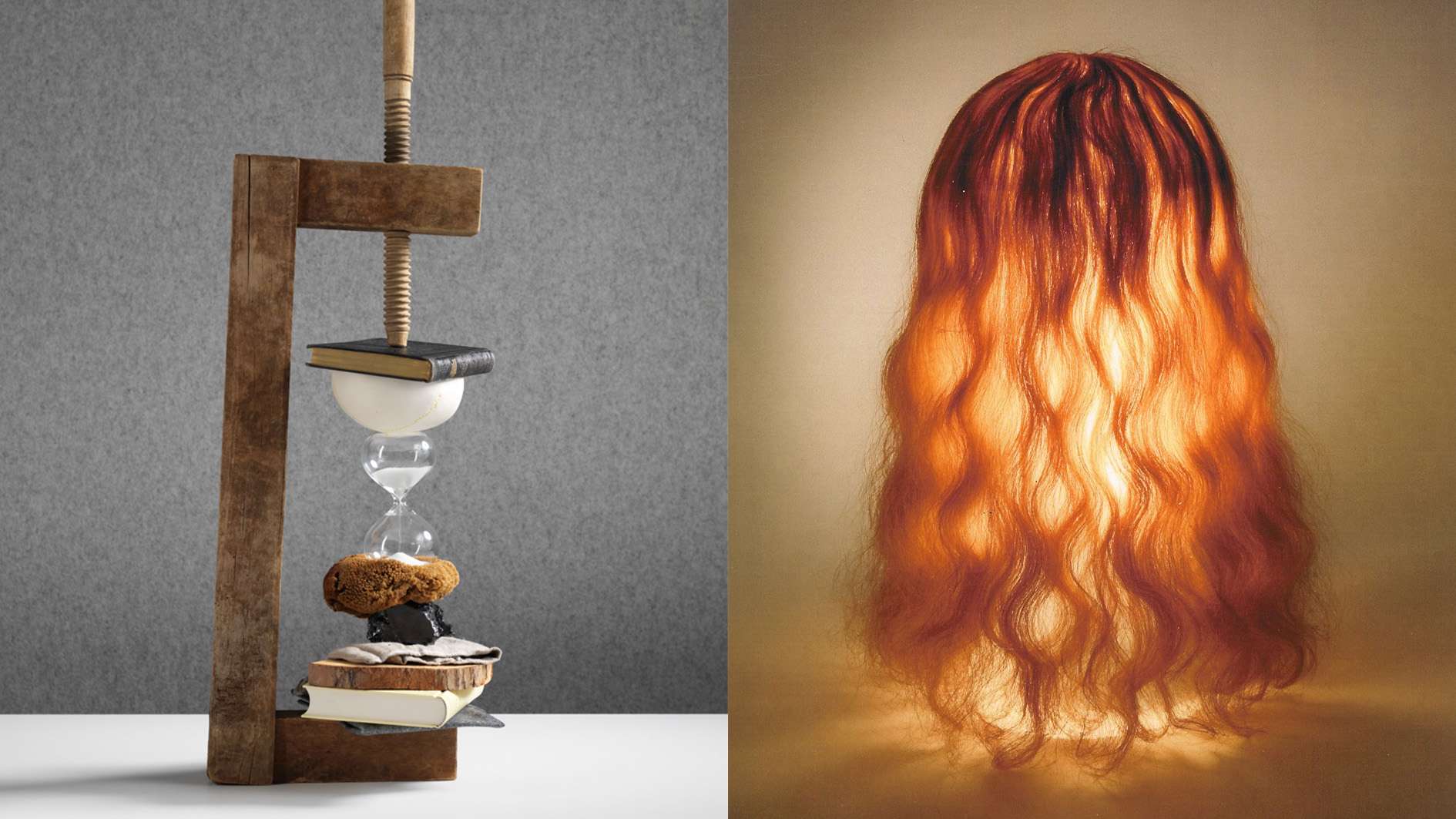 Rolf Sachs’ largest exhibition to date, ‘Be-rühren’, is a playful study of touch
Rolf Sachs’ largest exhibition to date, ‘Be-rühren’, is a playful study of touchA collection of over 150 of Rolf Sachs’ works speaks to his preoccupation with transforming everyday objects to create art that is sensory – both emotionally and physically
-
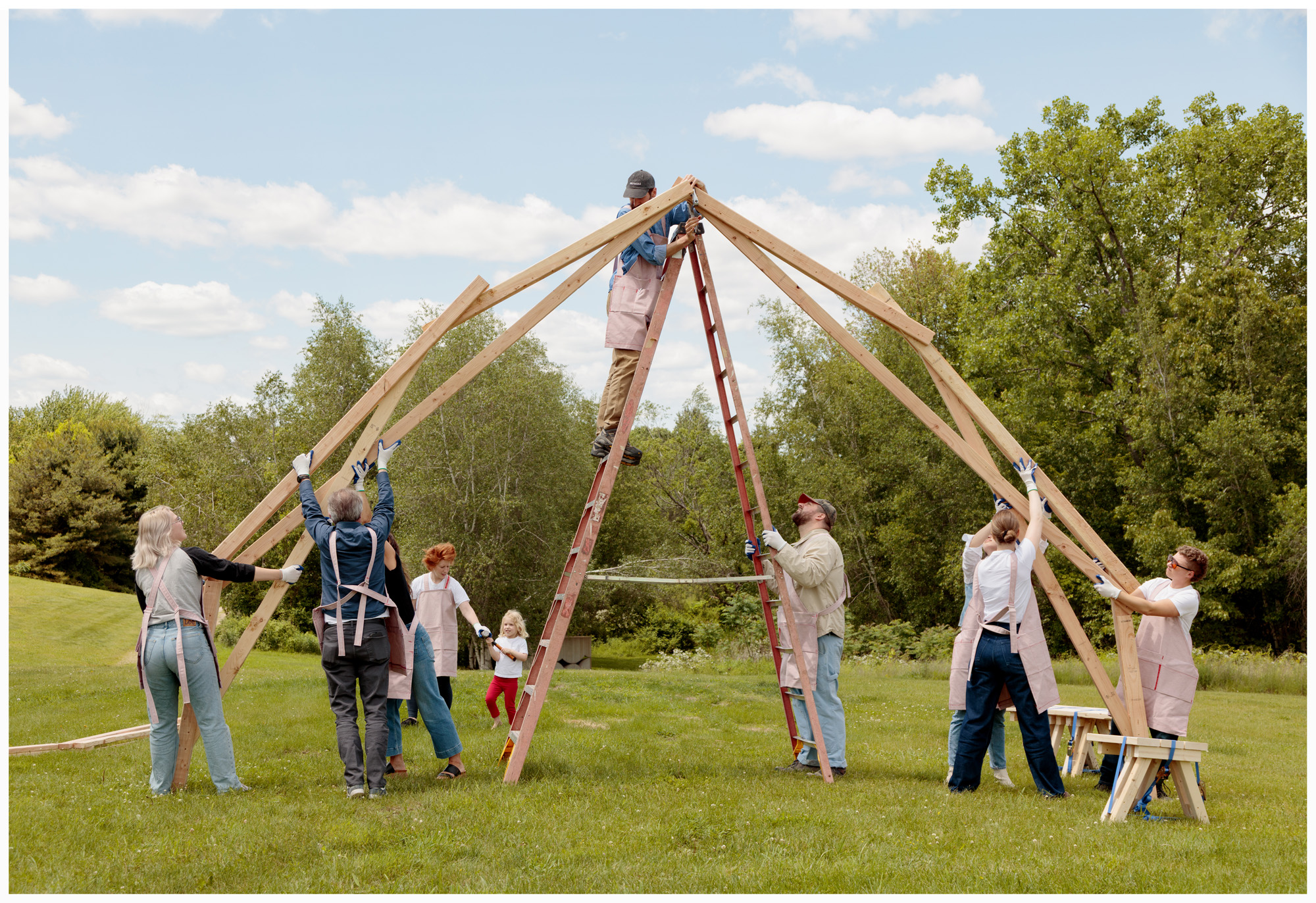 Architect Erin Besler is reframing the American tradition of barn raising
Architect Erin Besler is reframing the American tradition of barn raisingAt Art Omi sculpture and architecture park, NY, Besler turns barn raising into an inclusive project that challenges conventional notions of architecture
-
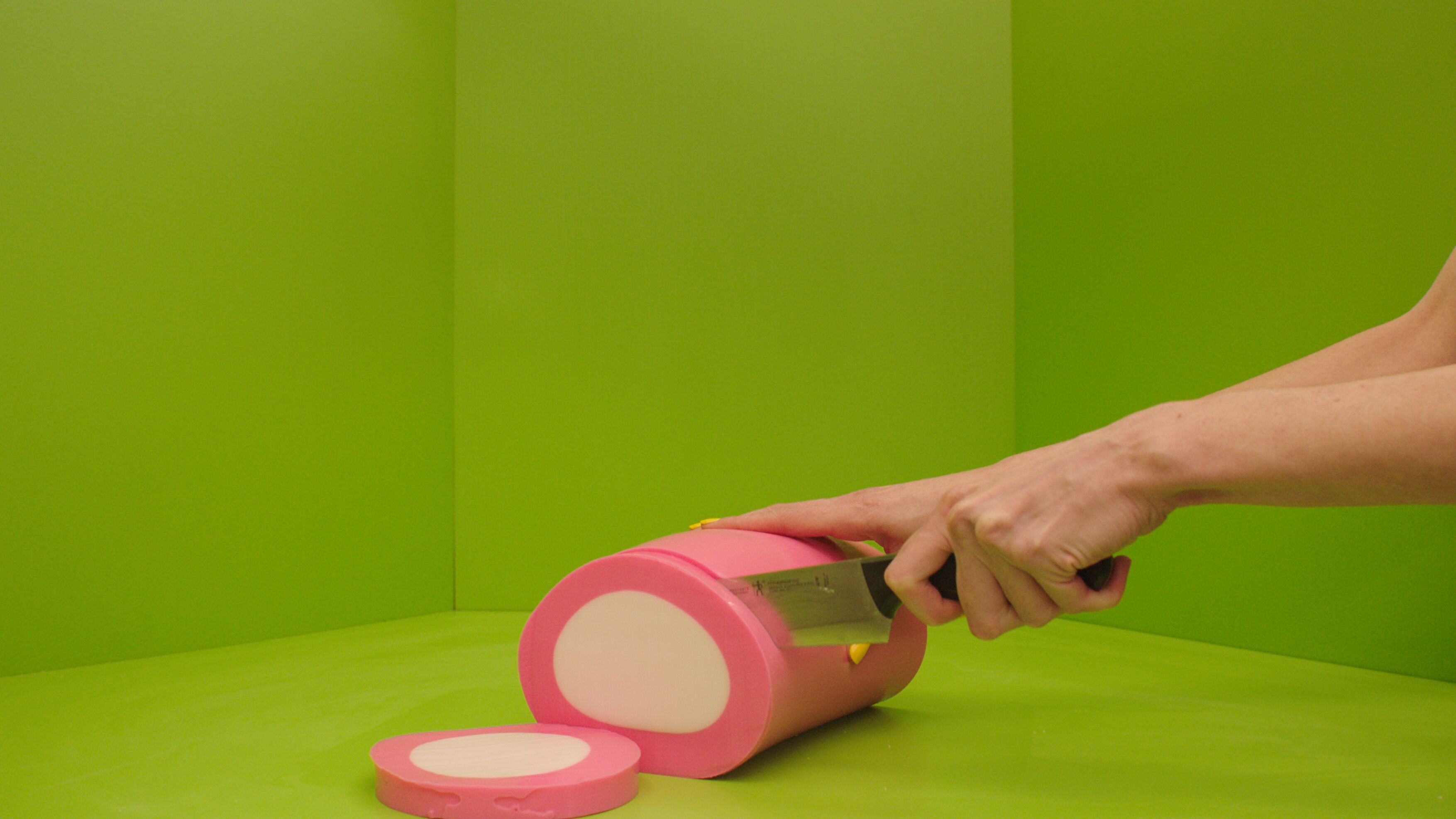 What is recycling good for, asks Mika Rottenberg at Hauser & Wirth Menorca
What is recycling good for, asks Mika Rottenberg at Hauser & Wirth MenorcaUS-based artist Mika Rottenberg rethinks the possibilities of rubbish in a colourful exhibition, spanning films, drawings and eerily anthropomorphic lamps
-
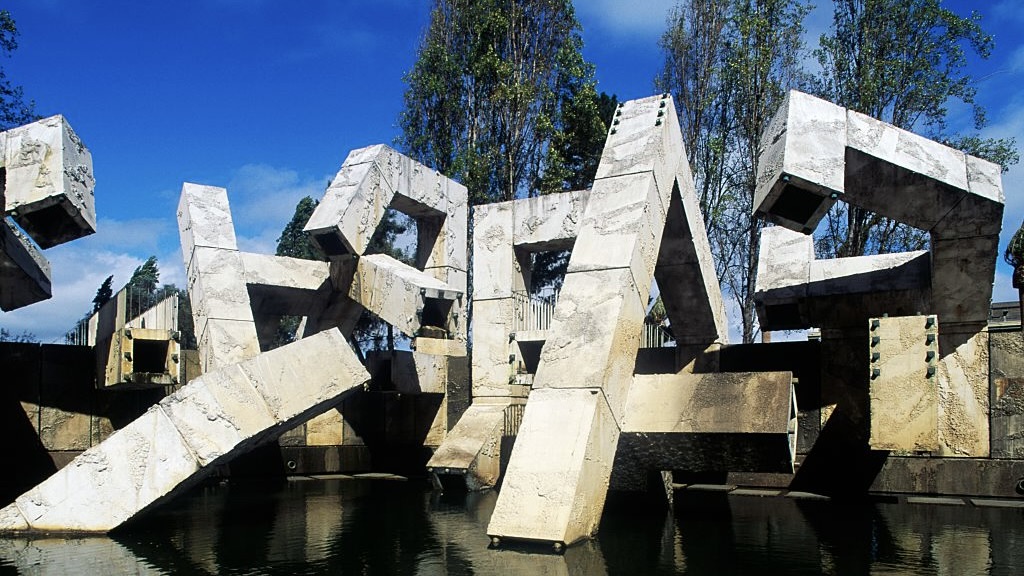 San Francisco’s controversial monument, the Vaillancourt Fountain, could be facing demolition
San Francisco’s controversial monument, the Vaillancourt Fountain, could be facing demolitionThe brutalist fountain is conspicuously absent from renders showing a redeveloped Embarcadero Plaza and people are unhappy about it, including the structure’s 95-year-old designer
-
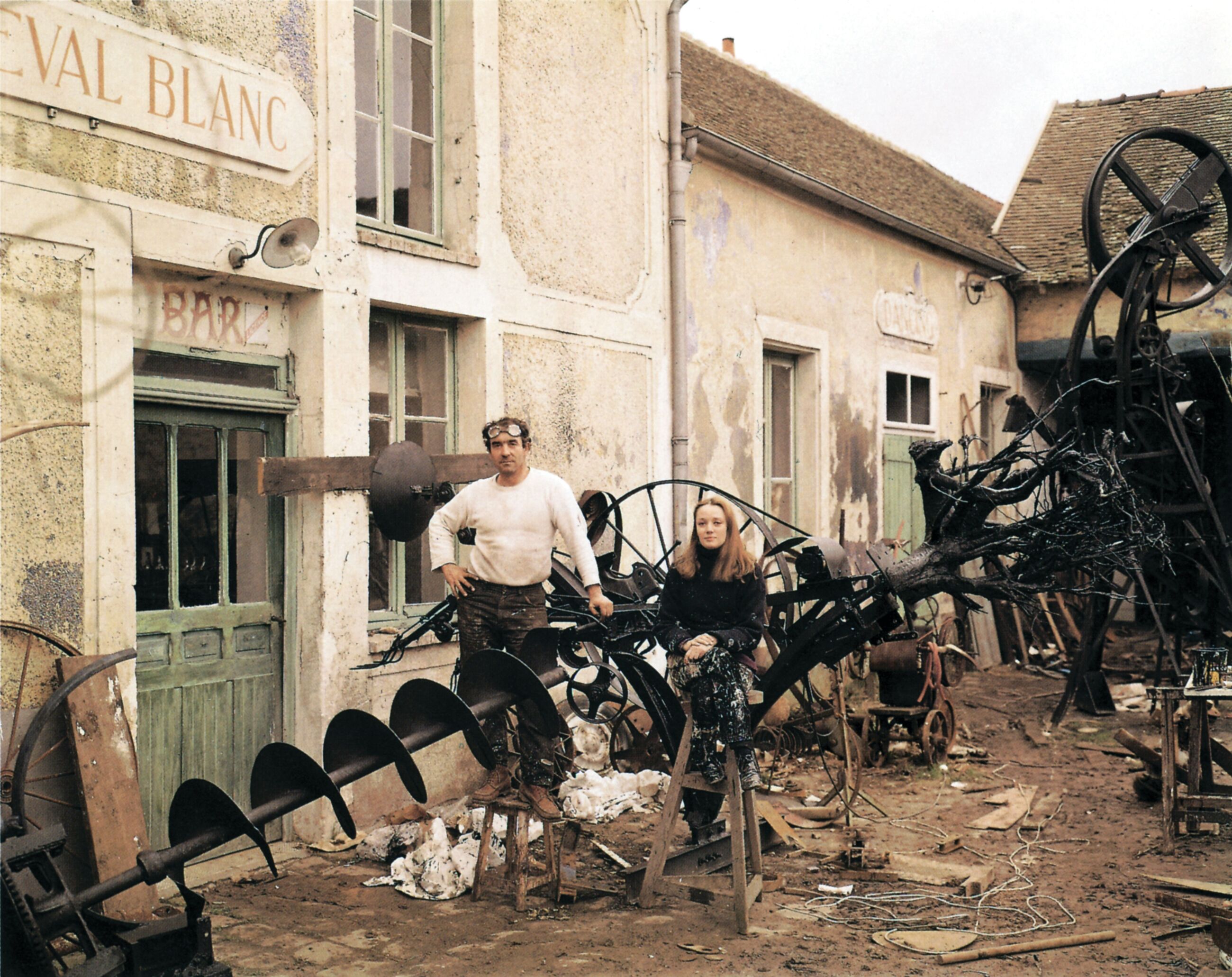 See the fruits of Niki de Saint Phalle and Jean Tinguely's creative and romantic union at Hauser & Wirth Somerset
See the fruits of Niki de Saint Phalle and Jean Tinguely's creative and romantic union at Hauser & Wirth SomersetAn intimate exhibition at Hauser & Wirth Somerset explores three decades of a creative partnership
-
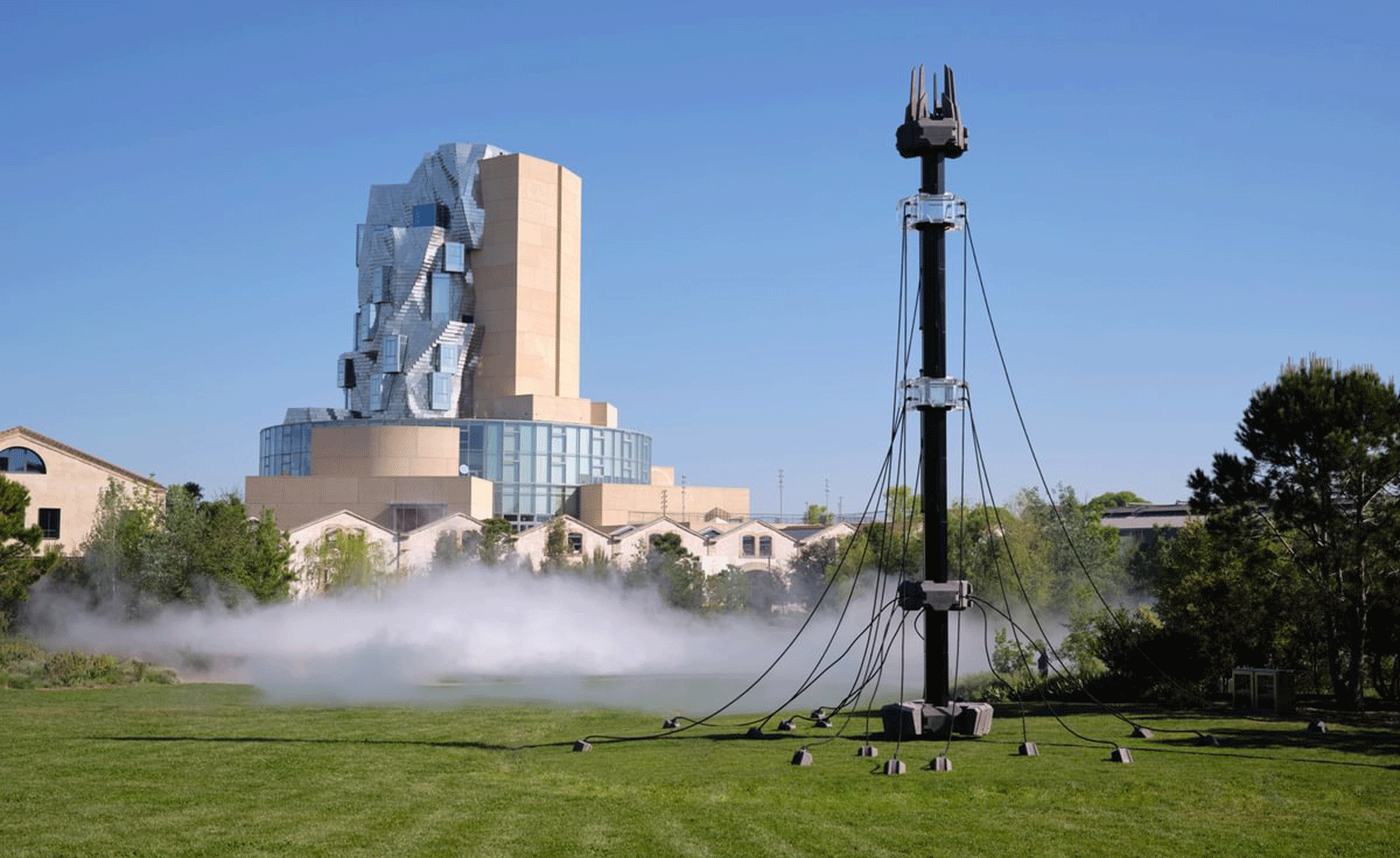 Technology, art and sculptures of fog: LUMA Arles kicks off the 2025/26 season
Technology, art and sculptures of fog: LUMA Arles kicks off the 2025/26 seasonThree different exhibitions at LUMA Arles, in France, delve into history in a celebration of all mediums; Amy Serafin went to explore
-
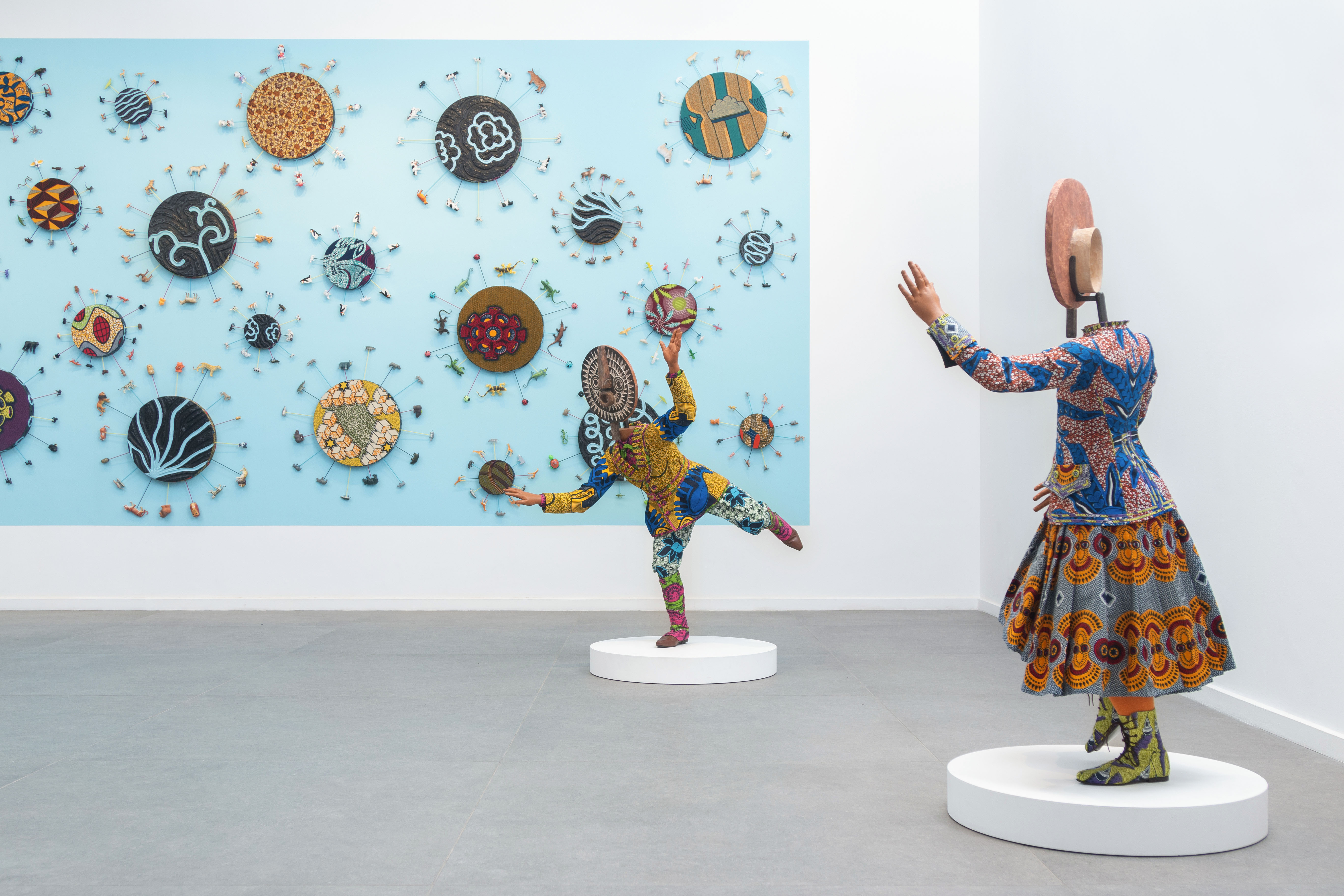 Inside Yinka Shonibare's first major show in Africa
Inside Yinka Shonibare's first major show in AfricaBritish-Nigerian artist Yinka Shonibare is showing 15 years of work, from quilts to sculptures, at Fondation H in Madagascar
-
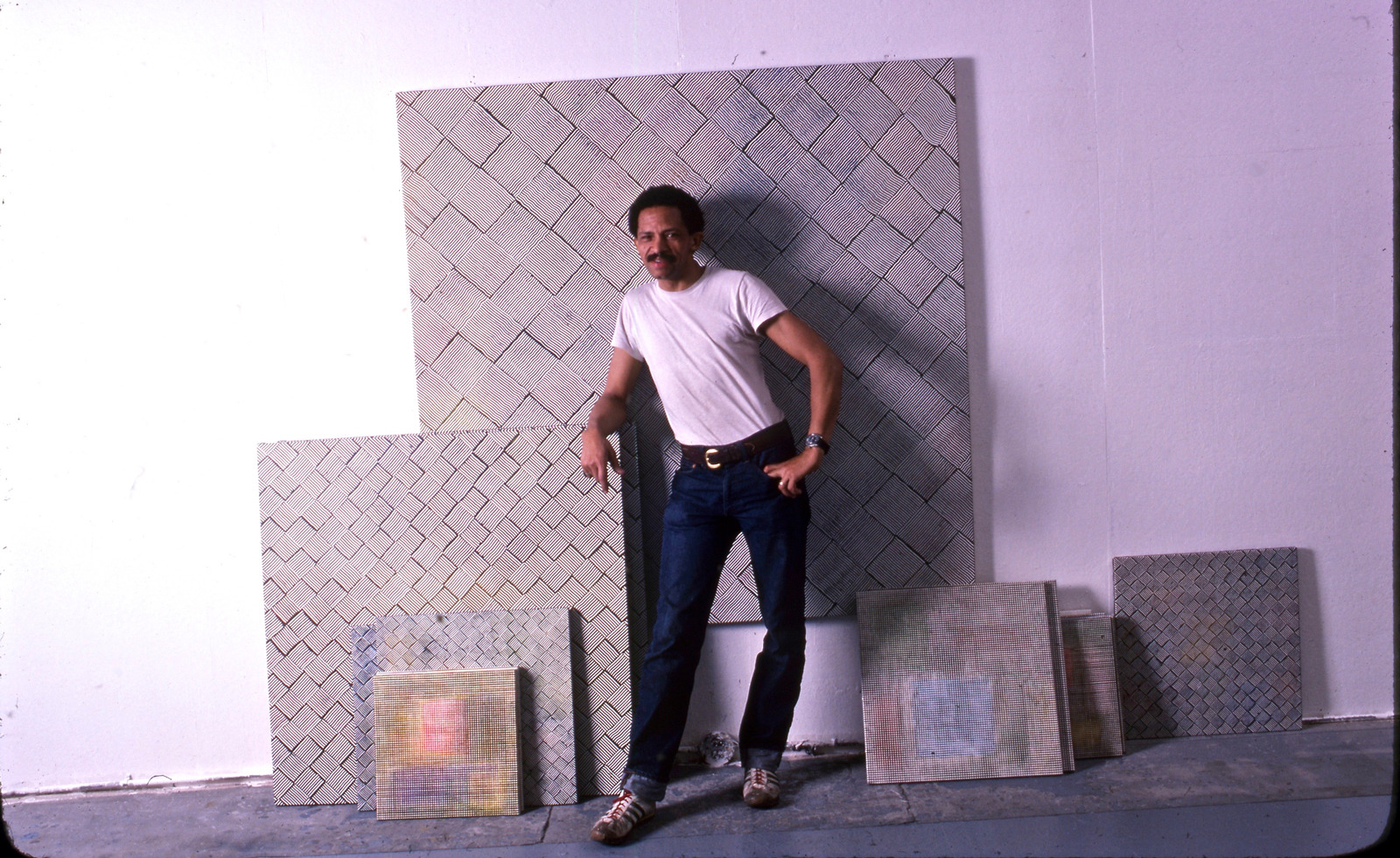 Inside Jack Whitten’s contribution to American contemporary art
Inside Jack Whitten’s contribution to American contemporary artAs Jack Whitten exhibition ‘Speedchaser’ opens at Hauser & Wirth, London, and before a major retrospective at MoMA opens next year, we explore the American artist's impact